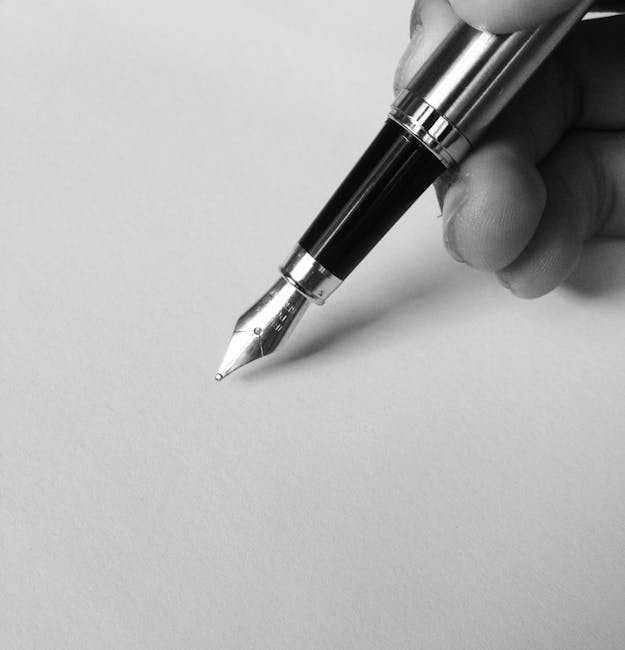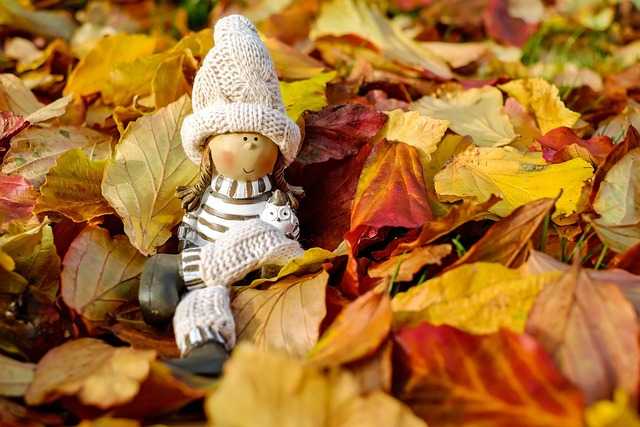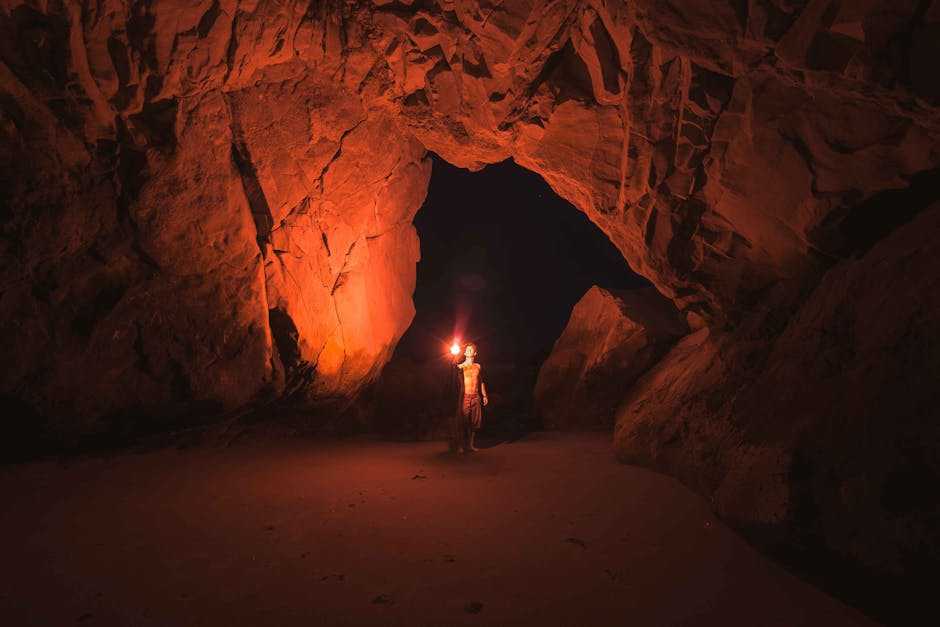Table of Contents
- Exploring the Evolution of Modern Art Painters
- Signature Styles that Define Modern Art Movements
- Influential Figures Who Shaped Contemporary Creativity
- Techniques and Mediums Used by Today’s Artists
- Where to Discover and Support Emerging Modern Painters
- Q&A
- The Way Forward
Exploring the Evolution of Modern Art Painters
Modern art has undergone a fascinating transformation, reflecting the changing social, political, and technological landscapes of the times. From the bold strokes of Impressionism to the abstract forms of Cubism, each painter has left an indelible mark on the art world. Artists like Pablo Picasso and Cassatt Mary broke free from traditional methodologies, embracing experimentation and radical concepts. Their willingness to challenge conventions has paved the way for contemporary creators, demonstrating that art is not merely a reflection of reality but also a medium for personal expression and societal commentary.
As the 20th century progressed, movements such as Surrealism and Abstract Expressionism emerged, showcasing the psychological complexities of the human experience. Artists such as Salvador Dalí and Jackson Pollock introduced innovative techniques that pushed boundaries. Dalí’s dream-like imagery captivated audiences, while Pollock’s unique drip painting technique changed the perception of what could be considered art. The evolution of materials and methods also played a crucial role, as artists began experimenting with unconventional mediums, such as collage and installation art. This shift has led to an expanded definition of art, where ideas and concepts often take precedence over traditional craftsmanship.
Today, the landscape of modern art continues to be shaped by a diverse array of voices and technologies. Artists like Yayoi Kusama and Banksy gain prominence, reflecting contemporary issues such as mental health, consumerism, and the political climate. They utilize various platforms, including social media, to disseminate their work and ideas. The rise of digital art and NFTs has further revolutionized how we interact with art, making it more accessible and democratizing the creative process. As we explore the evolution of modern art painters, it becomes evident that their influence is a continuous dialogue that challenges the essence of art itself.


Signature Styles that Define Modern Art Movements
Modern art movements have reshaped the landscape of artistic expression, each bringing its own unique flair and philosophy. From the stirring energy of Fauvism to the innovative techniques of Surrealism, these movements not only reflect societal changes but also challenge traditional boundaries. Modern artists often embrace bold colors, eccentric shapes, and abstract forms that encourage viewers to engage with art on multiple levels, pushing them to decipher hidden meanings behind what they see.
At the heart of these movements are signature styles that have become synonymous with their respective eras. For instance, the fluidity and dream-like narratives in Surrealism invite observers to explore the complexities of the subconscious. Meanwhile, the geometric precision of Cubism offers a new perspective, encouraging the audience to see subjects from multiple viewpoints simultaneously. Modern artists use these techniques not merely for aesthetic purposes but to provoke thought and inspire dialogue around contemporary issues.
| Art Movement | Signature Style | Notable Artists |
|---|---|---|
| Abstract Expressionism | Spontaneity and expressiveness | Jackson Pollock, Mark Rothko |
| Minimalism | Simplicity and reduction | Donald Judd, Agnes Martin |
| Pop Art | Bright colors and commercial imagery | Andy Warhol, Roy Lichtenstein |
These movements also serve as a platform for cultural commentary, reflecting the zeitgeist of their time. What distinguishes modern art from past traditions is the emphasis on individual expression and the breaking down of barriers between high and low culture. Artists draw from everyday life, embracing themes that resonate with their audiences, whether that’s consumer culture, identity, or existential musings. This interplay of styles and meanings ensures that modern art remains dynamic and continuously evolving.


Influential Figures Who Shaped Contemporary Creativity
In the realm of modern art, certain figures stand as titans of creativity, pushing the boundaries of expression and perception. Pablo Picasso, for instance, is renowned for co-founding the Cubist movement, which revolutionized how we view dimensionality in painting. His ability to deconstruct forms and reassemble them in unexpected configurations challenged traditional artistic norms and paved the way for abstraction and exploration. The influence of his innovative techniques continues to reverberate through contemporary artwork, inspiring countless artists to experiment with form and color.
Another pivotal figure is Frida Kahlo, whose deeply personal and symbolic works resonate with themes of identity, pain, and resilience. Kahlo’s unique style blends elements of folk art with surrealism, creating a visual language that speaks to the complexity of the human experience. Her fearless exploration of her own narrative has inspired a generation of artists to draw from their personal lives, making vulnerability a powerful tool in their creative processes. The use of vivid colors and strong symbolism in her paintings invites viewers to engage with her story on an intimate level.
The impact of Jackson Pollock cannot be overlooked, as his pioneering of the drip technique opened new avenues for artistic expression. This movement embraced spontaneity and action, allowing the artist to become one with the canvas. Pollock’s work emphasized the process of creation itself, shifting the focus from the finished piece to the act of making art. His approach has influenced numerous contemporary artists who seek to capture the energy and emotions embedded in their artistic practices, ultimately redefining what art can represent.


Techniques and Mediums Used by Today’s Artists
Today’s artists are pushing the boundaries of creativity by exploring a diverse array of techniques that reflect their unique perspectives and the cultural zeitgeist. From traditional methods to innovative practices, these approaches redefine the essence of modern art. For instance, mixed media has gained popularity, allowing paint, collage, and found objects to coexist in a single work. Artists experiment with layering textures and materials to create rich visual experiences. Additionally, digital painting has opened a new frontier, enabling creators to manipulate images and designs with unprecedented precision.
In the realm of mediums, unconventional choices have emerged as a hallmark of contemporary artistry. Materials such as recycled plastics, natural pigments, and even light are harnessed to craft stunning pieces that challenge our perceptions. By combining these elements, artists can comment on pressing social issues like sustainability and the effects of consumerism. Techniques like projection mapping and installation art further enhance the experience, inviting viewers to delve deeper into the story behind the piece. In this way, art transcends the canvas, engaging all of the senses.
The artistic landscape is continuously evolving, showcasing a dynamic interplay between tradition and innovation. Many artists are revisiting age-old practices such as fresco and encaustic painting, adapting them for contemporary themes. These approaches highlight the enduring nature of art, while also embracing new technologies and societal shifts. As a result, the dialogue surrounding modern art becomes richer, encouraging audiences to interact with the work and contemplate its meaning. The marriage of past and present techniques fosters a vibrant ecosystem that cultivates creativity at every turn.


Where to Discover and Support Emerging Modern Painters
Exploring the vibrant world of contemporary art involves more than just admiration; it entails engaging with the artists and communities that bring new perspectives to modern expression. A great starting point is to visit local galleries that showcase emerging artists. Many small or independent galleries prioritize fresh talent and often host exhibitions dedicated solely to showcasing modern painters who are experimenting with innovative styles and techniques. Make a habit of attending gallery openings or art walks in your area to immerse yourself in the local art scene.
Another fantastic avenue for discovering new painters is through online platforms dedicated to art and artists. Websites like *Saatchi Art*, *Artsy*, and *Artfinder* curate collections of emerging artists from around the globe. By browsing these digital galleries, you can discover unique works that range from abstract to figurative and everything in between. Follow these platforms on social media to stay updated on new additions and to learn about upcoming virtual exhibitions that often include Q&A sessions with the artists themselves.
Supporting emerging painters doesn’t just mean purchasing their works. It can also involve actively engaging with them through social media, attending workshops, or participating in crowd-funding initiatives. Here are some effective ways to show your support:
- Follow and Share: Engage with artists’ posts, share their work, and comment on their creative process.
- Attend Workshops: Sign up for classes or workshops they offer to help foster their careers while developing your skills.
- Join Art Collectives: Participate in local art collectives or clubs that feature modern painters and encourage community interaction.
- Purchase Art Directly: Buy pieces from their personal websites or during exhibitions to ensure they receive a greater share of the profits.
